Ray Lee’s Ethometric Museum at Battersea Art Centre

In Philip Pullman’s His Dark Materials trilogy, there is an ancient knife with a blade so fine it can cut holes between universes, thus allowing characters to move from one reality into another. During the acclaimed sound artist Ray Lee’s latest performance, I had the persistent feeling that at some unknown point in the evening I had inadvertently stepped through just such a cosmic fracture.
The alternative reality he evokes is not very different from our own. It is not distinguished by angels or spectres or daemons, but rather by a whole branch of scientific history that is missing from our world. This discipline is known as ethometrics, “a system of harmonically resonant sound and electro-magnetic waves that generate ‘goodwill’ among the recipient organisms.” In this universe, the World Ethometric Association has brought a collection of instruments capable of producing these frequencies to the Battersea Art Centre, for a one week exhibition.
If you are interested in liminal experiences tracing the boundary between art and science, or simply in exploring an art or sound performance that will be unlike anything you have seen or heard before, then I cannot recommend the show highly enough. It is fascinating, stimulating, and so unusual as to blast you out of your normal habits of thought and submerge you in the strange, beguiling soundscape the instruments produce.
A great part of the pleasure of the performance lies in its unpredictability, in having so little idea of what on earth is going to take place. This begins from the moment you arrive in Battersea Art Centre. If you’re anything like me, you’re inevitably rushing like the white rabbit, and so immediately attempt to ascend the stairs that lead to the performance room. But an eccentrically-dressed young man smilingly asks you to wait, and two minutes later the strikingly-attired museum curator appears in a green tweed suit. She calls together anyone intending to visit the museum, and then leads you up the stairs to a wooden door, which everyone gathers around as she provides a few warnings on the dangers of touching anything.
So, if you are considering going, I recommend that you skip to the last paragraph of this review, stepping over any mention of what takes place behind that wooden door. I’d also avoid reading the interview with Ray Lee below: he has some fascinating things to say about the exhibition, and after you have seen it his insights are genuinely illuminating. But to fully experience this disconcerting, immersive, thought-provoking and thought-dissolving show, it is best to go with as little concept as possible of what you’re getting into.
Continue through the wooden door, and you’re immediately struck by the authenticity of the museum atmosphere that’s been created. The tweed-c lad curator, Dr Kounadea, has all the measured excitement of the scientific enthusiast sharing their passion. Around the room, displayed on simple wooden shelves, are a bizarre assortment of box-shaped technologies and tall silver antennae. At the back stand two human-sized devices that look like giant fans.
All are still and silent, until Dr Kounadea introduces the museum’s resident ethometric expert, Ray Lee. Lee appears quietly in a simple woollen suit, brown shoes, and white gloves, and without saying a word begins to touch the diverse equipment into life. The audience either mills around him, watching as he turns knobs and flicks switches, or wanders off to peer at some particularly odd-looking entity. Gradually, the room fills with noise. A unique auditory journey has been initiated, and you’re carried through a textured sound forest of interweaving whirrs, groans, beeps, creaks, warbles, thrums, fizzes and beat-like buzzes.
This soundscape builds to a cacophony as Lee’s interaction with the machines becomes more dynamic. He controls the sound vibrations on a whistling rectangular device to send tiny metal bolts whizzing in circles like electrons over its steel surface. Slipping his white-gloved hand inside the Etherlux Magnifier Mk III, a black box with a large transparent portal at the centre, Lee appears to mould the noise with his fingers, eventually seeming to force it to the ground and gather it in his hand like the BFG catching a dream – indeed the whole place felt like something out of a Roald Dahl story. Slowly the polychrome noise moulds with the museum’s lighting to bring the show to a conclusion that is deeply satisfying.
The Ethnometric Museum is a wonderfully unique artistic experience, intellectually intriguing and emotionally stirring. Without quite knowing why, as you amble through the thicket of frequencies, you’ll find a smile spreading across your face. Instead of paying £10 to go and see the latest guitar band or DJ, you really should trot along to the Battersea Art Centre for one evening next week, to lose yourself in something completely different.
The Upcoming spoke with Lee after the show:
So what are ‘Ethometric Instruments’?
Well as it said in the performance, they are sound-producing devices that can affect your super-electrical field, the flow of electricity running through your body, and so bring a sense of well-being to whoever hears them.
Where else have you taken this performance?
We did it in Edinburgh, and there we performed it in a dungeon, in some tunnels, where it had a very different character. And it’s first full performance was in the Museum of the History of Science inOxford, which is a beautiful old building that displays many strange old contraptions. But I’ve actually had my eye on this room since I came up with the idea. Here, with the wood-panelling and the arched ceiling, it blends in very nicely.
How important do you feel the setting is?
I first tried out a scratch performance of the project in this building in 2010. My aim with it, and in fact with most of the work I do, is to try and make something that looks like it’s supposed to be there. So when you walk in you think, oh wow, this is actually a museum, what else could it be. So it feels like it belongs. I look for places that have the character with which it will work. Now that could be a storeroom, where it becomes slightly different, more of an archive.
At the start of the performance it felt like there was a tension between the visuals, watching you move around, and the auditory aspect, which could distract one from paying any attention to the sound. Was that tension something on your mind when you were putting it together?
I’m interested in this proximity between me as a performer and the audience. I liked that I am in amongst the audience, that it’s slightly uncomfortable, that you’re not exactly sure what’s going on, you’re not entirely certain what’s going to happen. I mean it’s relatively straightforward – you get the idea, I’m going to turn things on and off, I’m going to move about, but you don’t quite know what I’m going to do. So yes there is an element of tension.
And I like the transition from the beginning, from the introduction when you’re being given information, and when you’re looking at instruments, trying to work out what’s going on. And then gradually it moves from that, from quite an analytical perspective, to something much more experiential. So by the end you’re absorbed in sounds in the darkness. And it’s not about anything: that’s all it’s about. So for me that’s quite a conscious transition; from attempting to make sense of it, to not worrying whether you can make any sense out of it or not.
What is it that draws you to sounds produced by old, cobbled-together technologies?
I’m looking to create a particular palette of sounds that are curious; you can’t quite place them, but when you put a few of them together, they create some kind of enveloping texture. So there is a distinctive auditory experience, a form of composition, involved in the performance.
But I’m also interested in putting to use older technologies because I think that there can be such a drive for innovation that we discard some technologies before they’ve achieved their full potential. I think we under-use them before we replace them with something newer. This is something that is connected to the way we see ourselves as a society, in particular as a modern society. We feel we are advanced, and of course our technology is very complex. But this gives rise to a sense of superiority, a superiority over the past. Drawing new potential from old technologies I think helps us to question this sense of our superiority. Is this rush toward more advanced technology always a positive force?
Are you interested in newer technologies, are you drawn to Apple’s latest products and so on?
Well yes I am, I suppose I am inevitably interested in the new technologies that come out, of course I do engage with them and am interested by them. But I particularly enjoy the process of working with older technologies, taking them out of the scrapheap, and seeing what can still be done with them.
Toby Stirlinghill
For further information about Ray Lee’s Ethometric Museum and to book tickets visit here.

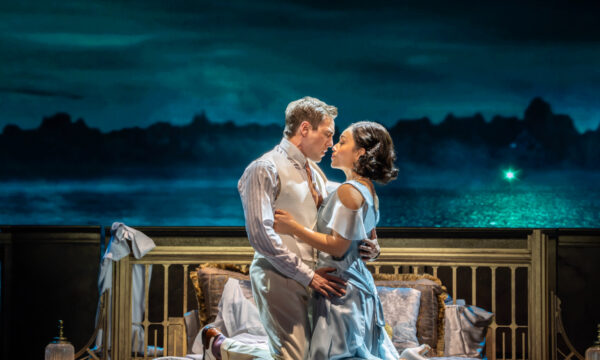
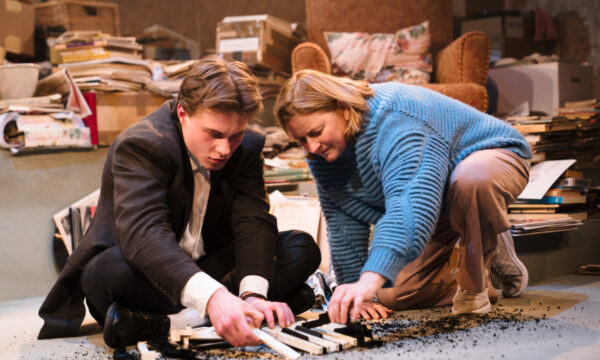
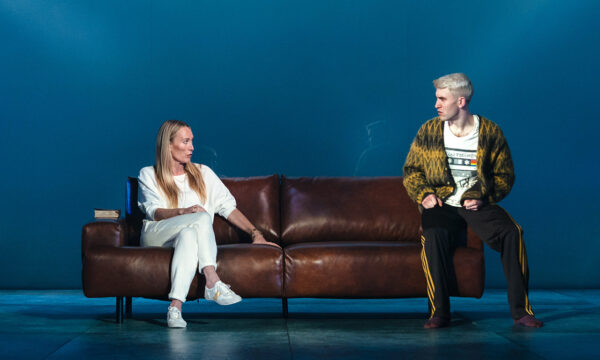
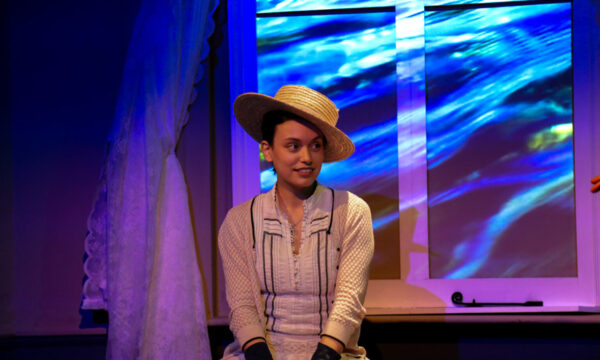
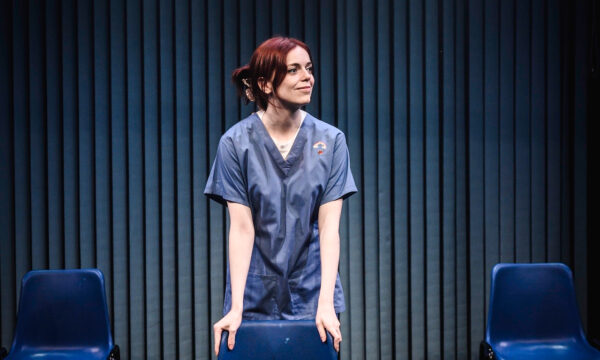
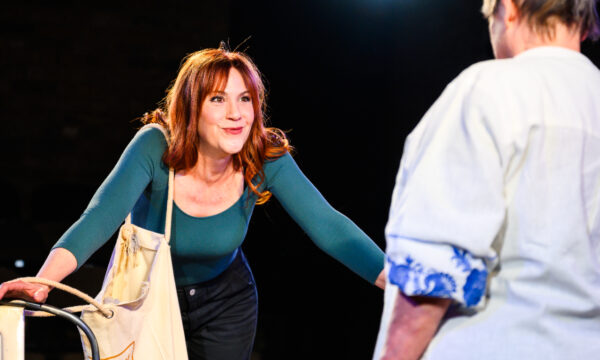
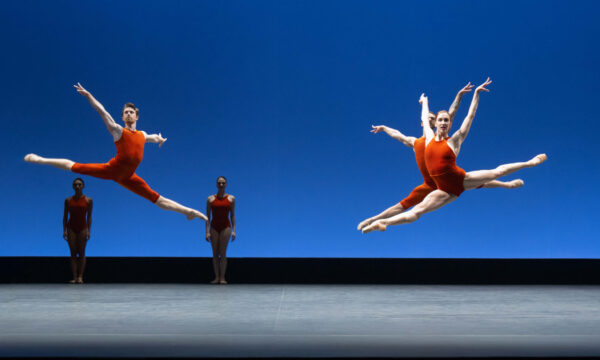
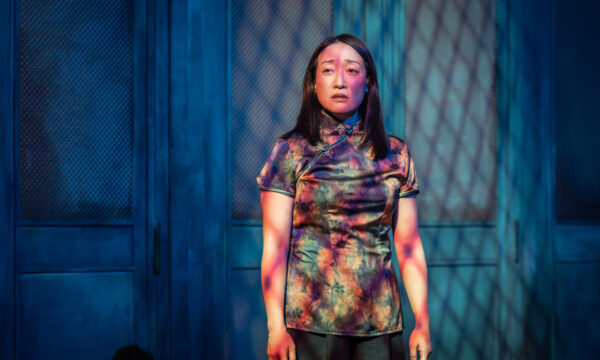
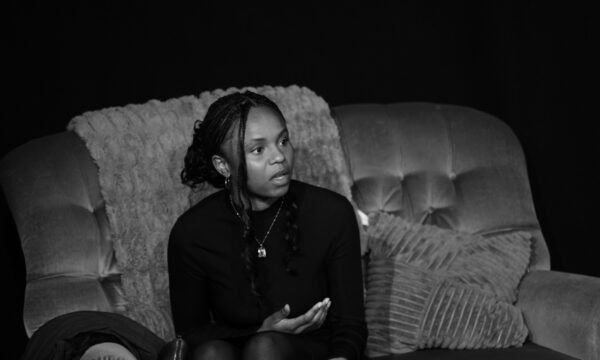













Facebook
Twitter
Instagram
YouTube
RSS